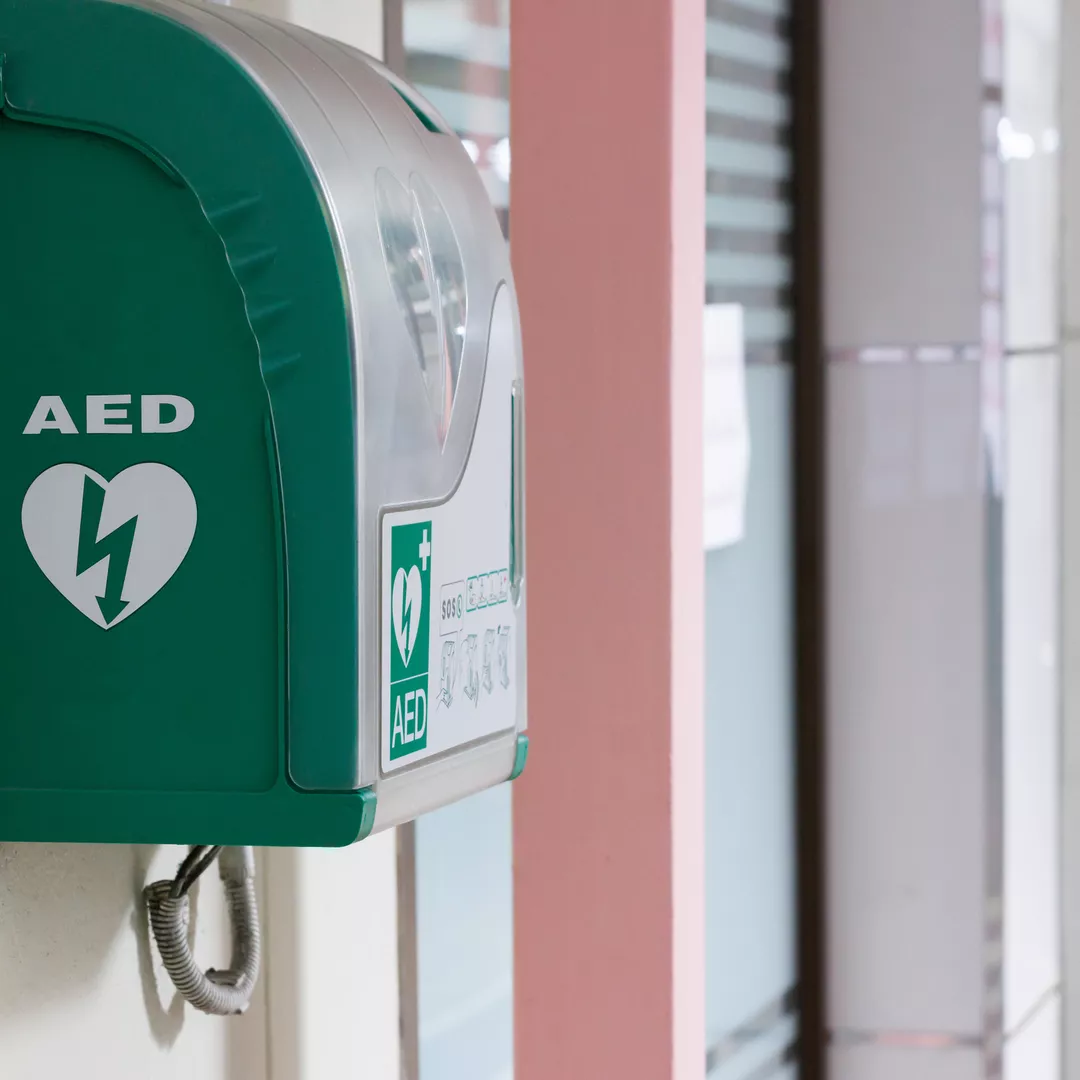Frequently asked questions about AEDs
Why is it important to learn how to use an AED?
Cardiac arrest is one of the leading causes of death in the world. If a person suffers a cardiac arrest outside of a hospital, the chance of survival is less than one in ten. However, giving the patient immediate CPR and using an AED within the first three to five minutes of a cardiac arrest can increase the chance of survival by up to 70 per cent.
How does an AED work?
AEDs are battery powered and contain a computer that enables them to give step-by-step audio and visual commands to the user once they are switched on. They are designed to be user friendly, so that anyone can use them, even those without CPR or medical training.
The AED will instruct the user in how to attach the AED’s pads to the patient’s chest. The AED’s internal computer will then check the patient’s heart rhythm and detect whether an electric shock/defibrillation is needed to help restore a normal heart rhythm. Some AEDs will deliver a shock to the patient automatically if it is needed. Other AEDs may instruct the user to press a button to deliver the shock. AEDs will not deliver an electric shock unless it is necessary.
Can I hurt someone with an AED?
You cannot hurt someone with an AED. The AED will analyse the patient’s heart rhythm and determine whether to administer an electric shock or not. It will not deliver an electric shock unless it is necessary, and the user cannot accidentally make the AED deliver a shock that is not necessary.
If an AED is used on a person who has a normal heart rhythm, it will not deliver a shock.
Can I get hurt using an AED?
AEDs provide clear audio and visual instructions throughout the rescue process and are very safe for the user. The AED will advise the user when a shock is about to be delivered and will instruct the user not to touch the patient.
Can an AED be used on a child?
Most AEDs can be used on children, and some AEDs have a “child mode” button. The AED will guide the user on how it should be used on children.


